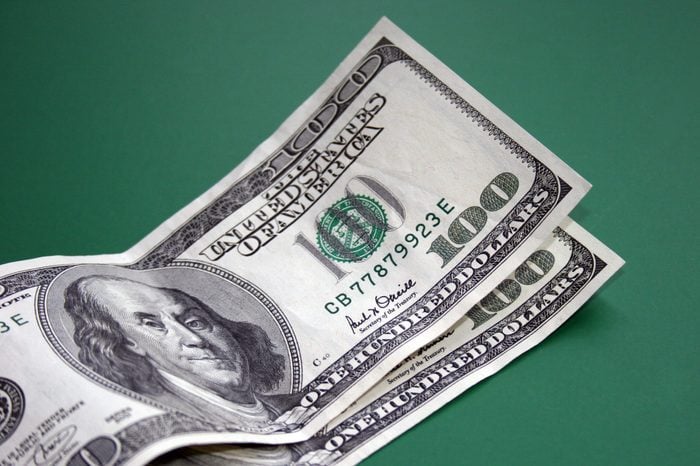
Why green?
Basketballs are orange, American money is green, a “white flag” means surrender—we all know that. But did you ever wonder why? All of the iconic colors that we’re used to associating with everyday objects actually have their own histories. Here is why money is green, and other colorful facts you’ve never been curious about—until now. Make sure you also check out these 100 cool and interesting facts about almost everything.

Why soccer balls are black and white
Turns out the sports staple was made for TV. For the 1970 World Cup in Mexico—the first of its kind to be broadcast live on television—Adidas created the iconic black-and-white paneled ball, intended to catch the eyes of viewers better than a single-colored one would as it moved across black-and-white TV screens. The black pentagons also helped players and referees recognize the swerve and flight of the ball. Do you know why Americans say soccer instead of football?
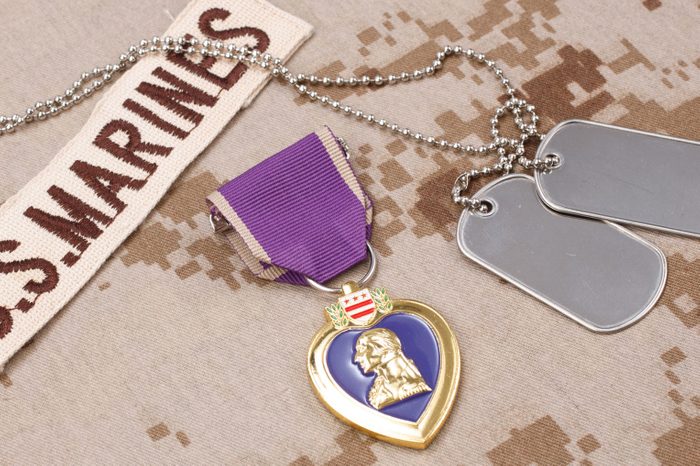
Why the Purple Heart is purple
When the Continental Congress forbade George Washington from promoting soldiers during the American Revolution, the revered general got crafty. On August 7, 1782, he established the Badge of Military Merit: a purple cloth or silk heart to be worn over a soldier’s left breast and signify an elevated status. While it’s hard to know why Washington opted for that hue, the history behind the color purple’s regal reputation dates back to the 15th century BC, when ancient Mediterranean clothiers created the shade from sea snail secretions in a long and expensive process. The result: Only royalty could afford purple clothes. Make sure you also check out these mind-blowing facts about George Washington.
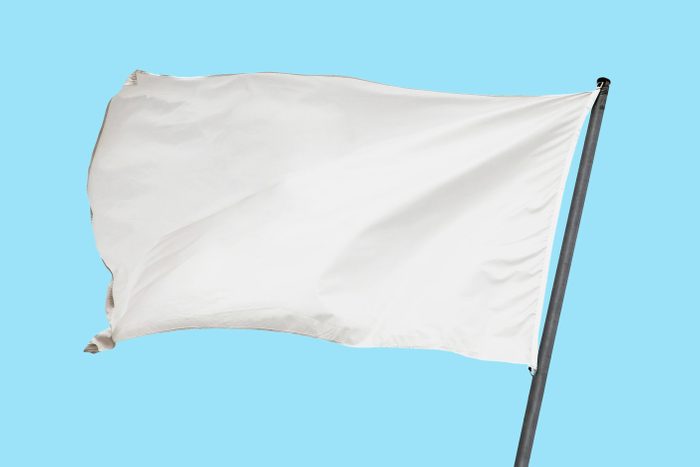
Why surrender flags are white
You may already know the dark, untold story behind the peace sign, but some believe this peacemaking symbol comes from the bland garb of ancient times. Soldiers and civilians alike had white clothes handy, and since they were highly visible against neutral backgrounds, the clothes could be waved to easily convey passivity. If you want to learn more about flags, check out the meaning behind all 50 state flags.
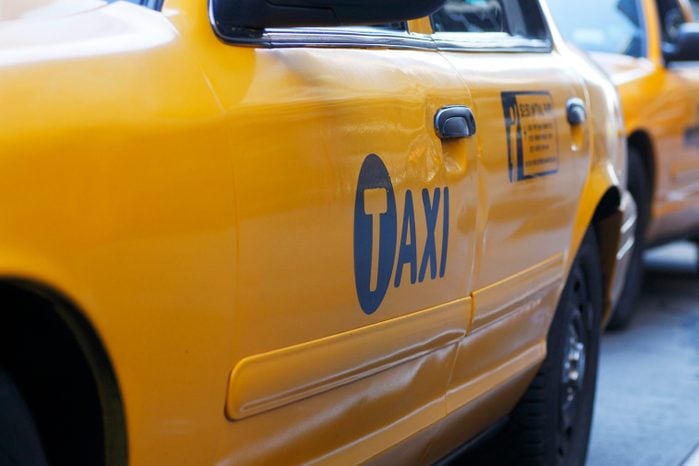
Why taxis are yellow
If you hailed a New York City cab in 1905, a car painted red and green would screech to a halt before you. So how did the color change from two-tone to bumblebee-bright? In 1907, Albert Rockwell created a taxicab with an innovative 15-horsepower engine at his car company in Connecticut. Legend has it that his wife suggested the cars be painted yellow, and they’ve been that way ever since. By 1909, yellow taxis were zipping around New York City, courtesy of Rockwell’s cab company. Next, find out what is the world’s ugliest color.
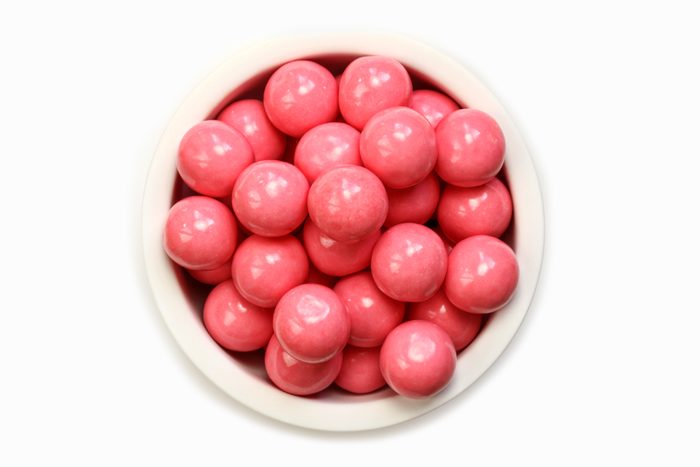
Why bubble gum is pink
Fate would have it that hot pink dye was readily available at the Fleer Chewing Gum Company when employee Walter Diemer experimented in 1928 with a new gum recipe, as he liked to do in his spare time. The 23-year-old created a less sticky and more flexible formula that resulted in bigger bubbles. He poured pink dye into the batch, and America’s favorite oral fixation was born. You’ll be surprised to learn that these foods were invented by accident.
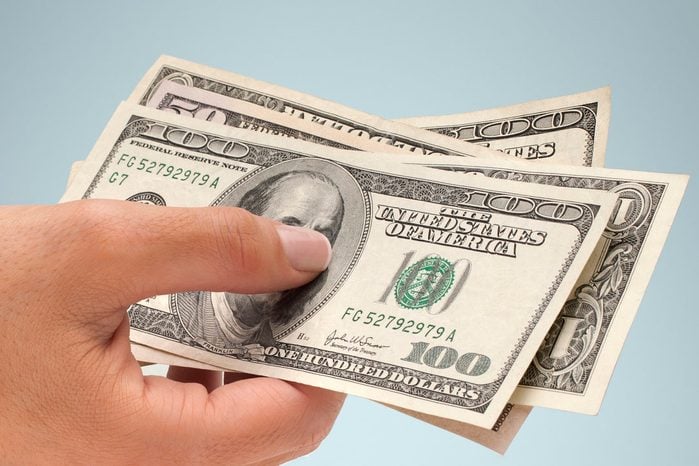
Why money is green
Why don’t ATMs spew purple bills? Because of long-lasting dye. When paper notes were introduced in 1929, the U.S. Bureau of Engraving and Printing opted to use green ink because the color was relatively high in its resistance to chemical and physical changes. Also, at the time, green pigment was available in large quantities for quick printing. Check out these 16 mind-blowing truths about money.
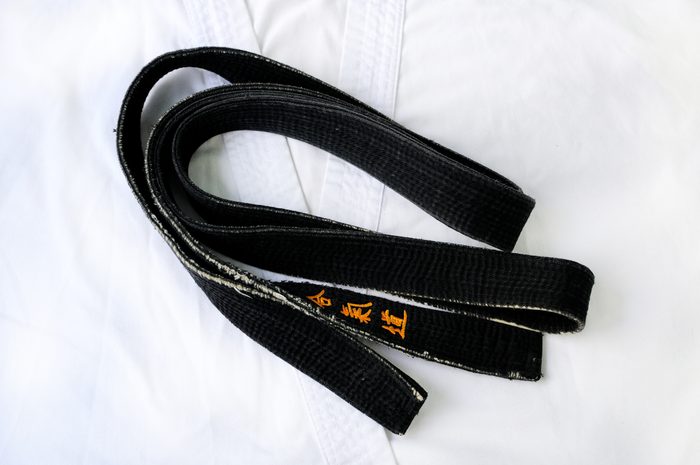
Why karate belts are black
There are a lot of myths surrounding the martial art’s most prestigious designation. The most likely story, however, claims that white belts used to be dyed to a new color upon a student’s advancement to a higher level. Hence the increasingly darker order: white, yellow, orange, green, blue, purple, brown, red, and black.
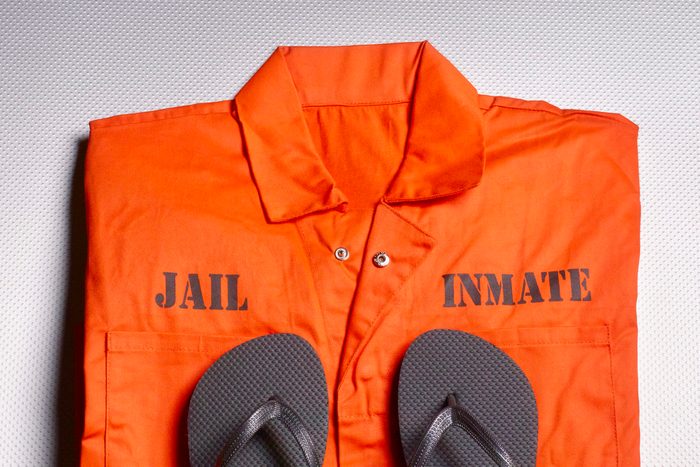
Why prison jumpsuits are orange
Shows like Orange Is the New Black have colored the perception of everyday prison garb. To set the record straight: Some say that prisons started putting inmates in orange uniforms to make them easy to spot while in transit or in public. As for day-to-day uniforms, it depends on the prison. California outfits its male prisoners in denim jeans and jackets and blue chambray shirts, while the federal maximum security prison in Florence, Colorado, issues khaki trousers and tops.
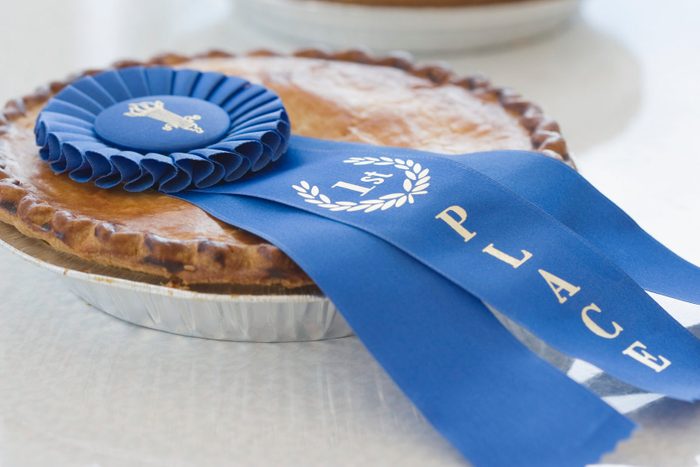
Why first-place ribbons are blue
If you’ve ever won one of these bad boys, congratulations! Some scholars say we have an old nautical award to thank for this type of award. In the 1860s, the Blue Riband—a pennant flown from a ship’s mast—was a prize given to the passenger ship making the fastest transatlantic crossing. Scholars speculate that over time, the spelling blue riband was changed to blue ribbon, serving as a symbol of general excellence.
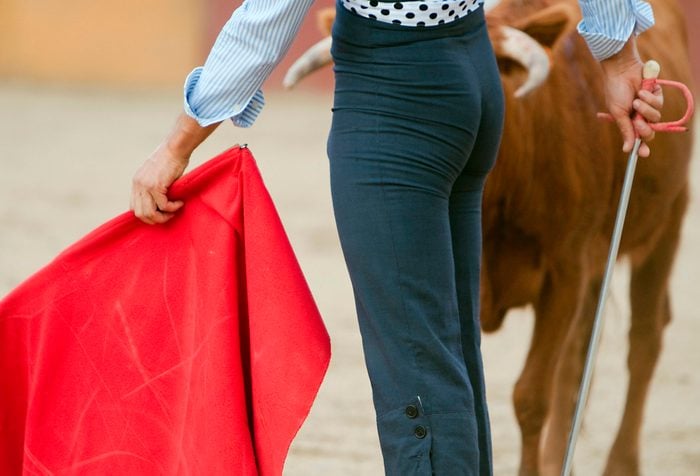
Why a matador’s cape is red
Bulls charge at the sight of red, right? Wrong—bulls are colorblind! Thus, a fighting bull is likely enraged by the cape’s quick movement instead of its color. So why the bold hue? Some say it helps mask one of the more gruesome aspects of a bullfight: splatters of the animal’s blood.
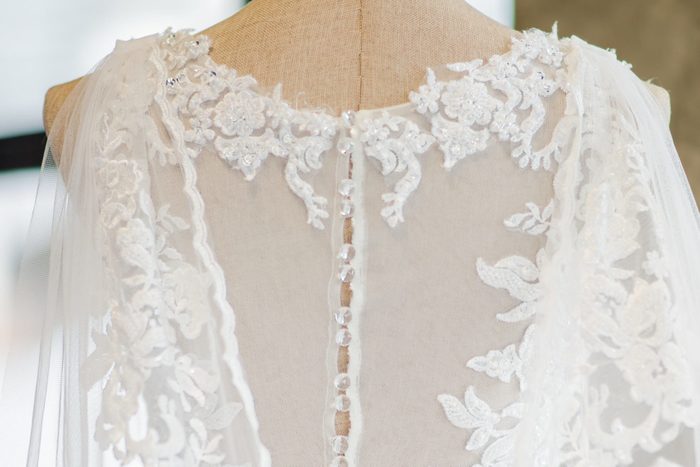
Why wedding dresses are white
The classic white dress came from a European fashion trend. In 1840, England’s Queen Victoria donned a white lace gown to marry Albert of Saxe-Coburg. At the time, brides were married in any color—even black was popular. The queen’s choice, however, quickly inspired other brides to opt for white. In the early 19th century, Godey’s Lady’s Book issued its blessing: “Custom has decided that white is the most fitting hue for a wedding.” Learn about more fascinating wedding traditions from around the world.
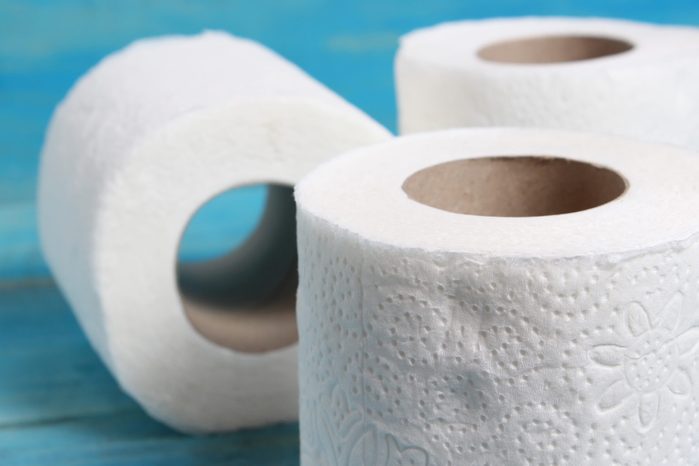
Why toilet paper is white
Toilet paper is white due to both its manufacturing process and the materials it’s made out of. Toilet paper is made out of cellulose fibers, which are naturally white. These fibers are mixed with water to create wood pulp, which manufacturers then bleach to create a soft, white paper. Not to mention, making toilet paper white instead of any other color makes the whole process a lot cheaper. Did you know that you could buy colored toilet paper back in the day?
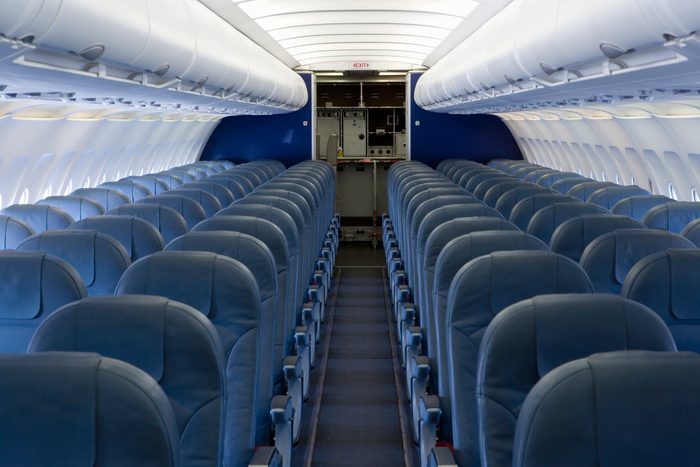
Why most airplane interiors are blue
Do you have flight anxiety? Then you will be happy to learn that airlines are thinking of you. The reason why most airplane interiors are blue is far from merely aesthetic. According to Boeing, blue is universally thought of as a peaceful color and might help calm people’s fear of flying. Now, that’s pretty thoughtful. Here are some more little things you’ve always wondered about airplanes.
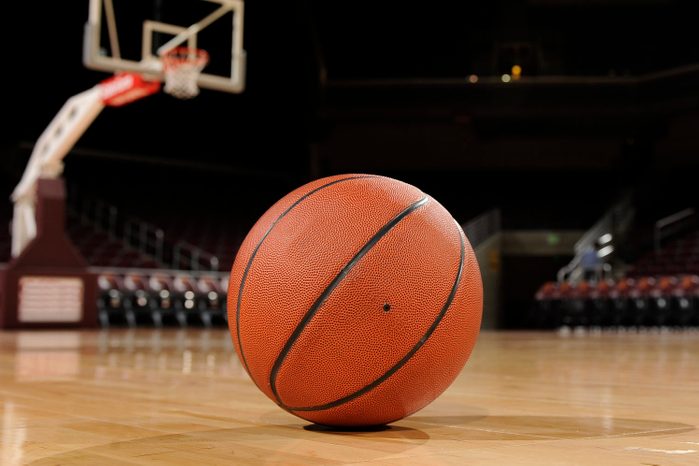
Why basketballs are orange
Basketballs owe their classic orange color to none other than Tony Hinkle, a basketball coach at Butler University during the 1950s. According to the Children’s Museum of Indianapolis, before the late 1950s, basketballs were usually brown—which meant that players would occasionally have a hard time seeing the ball. Wanting to solve this problem, Hinkle partnered with Spalding Company to develop a new, orange-colored basketball. The new balls made their debut in 1957 and have been part of the court ever since.
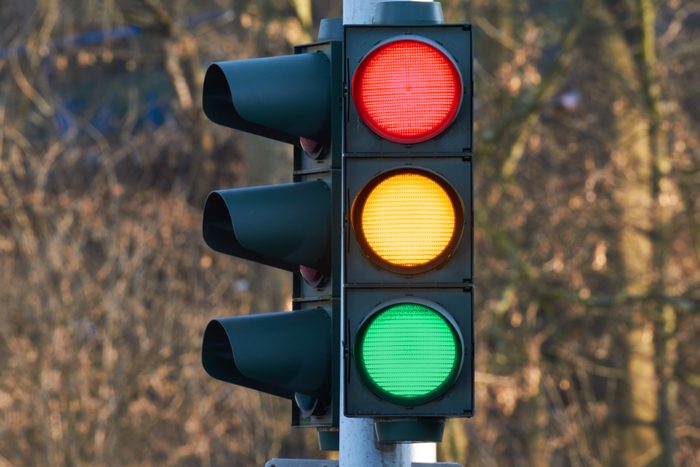
Why traffic lights are red, yellow, and green
Ever wondered why we go on green and stop on red, rather than some other color combination? To find out the answer, you have to go way back to the history of railroads. Historically, railroad companies used red to mean stop, green to mean go, and yellow to mean proceed with caution. When the Federal Highway Administration created “The Manual on Uniform Traffic Control Devices” in 1935, red, yellow, and green had made their way into the traffic lights as well. Next, check out these cool facts about the things you use every day.